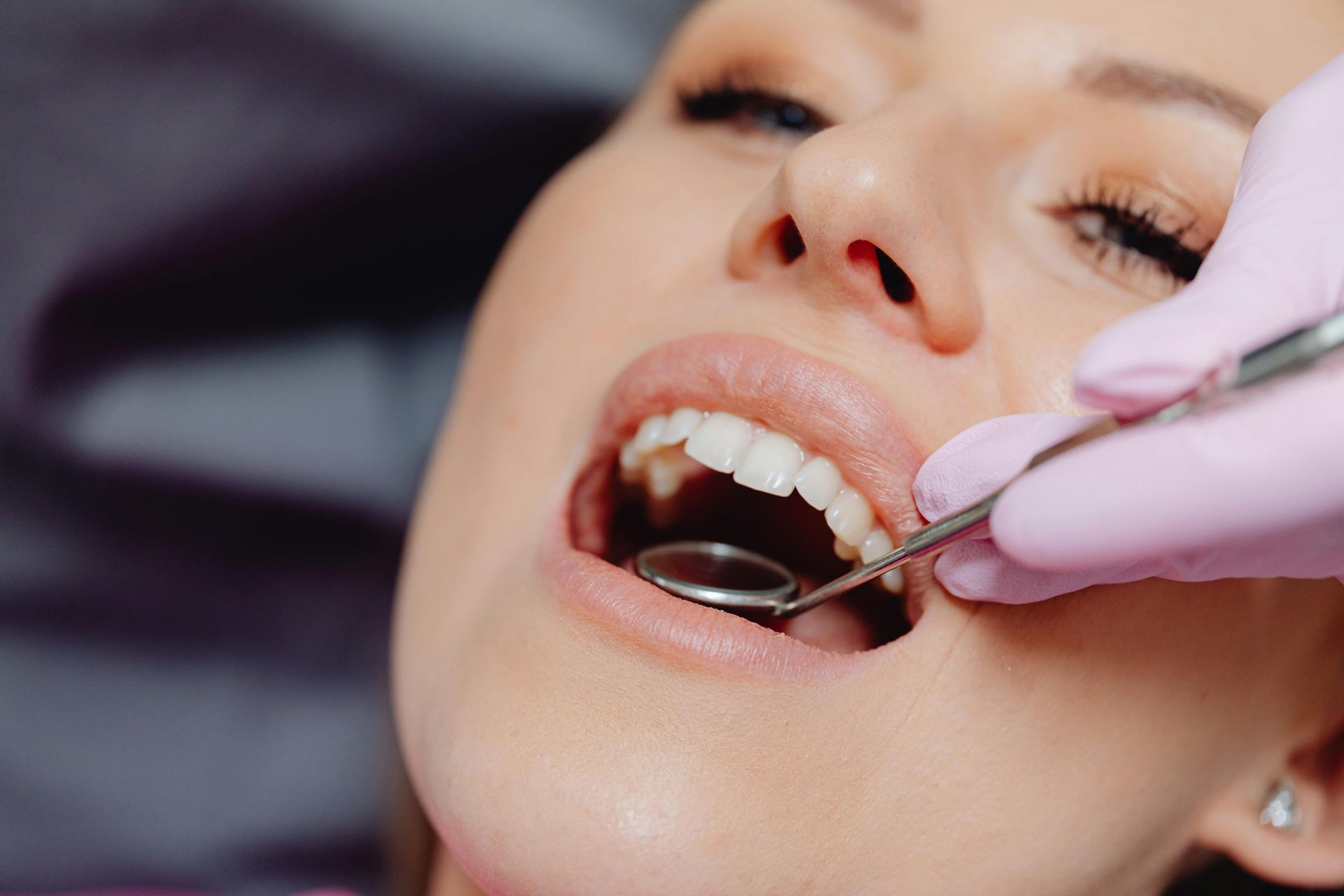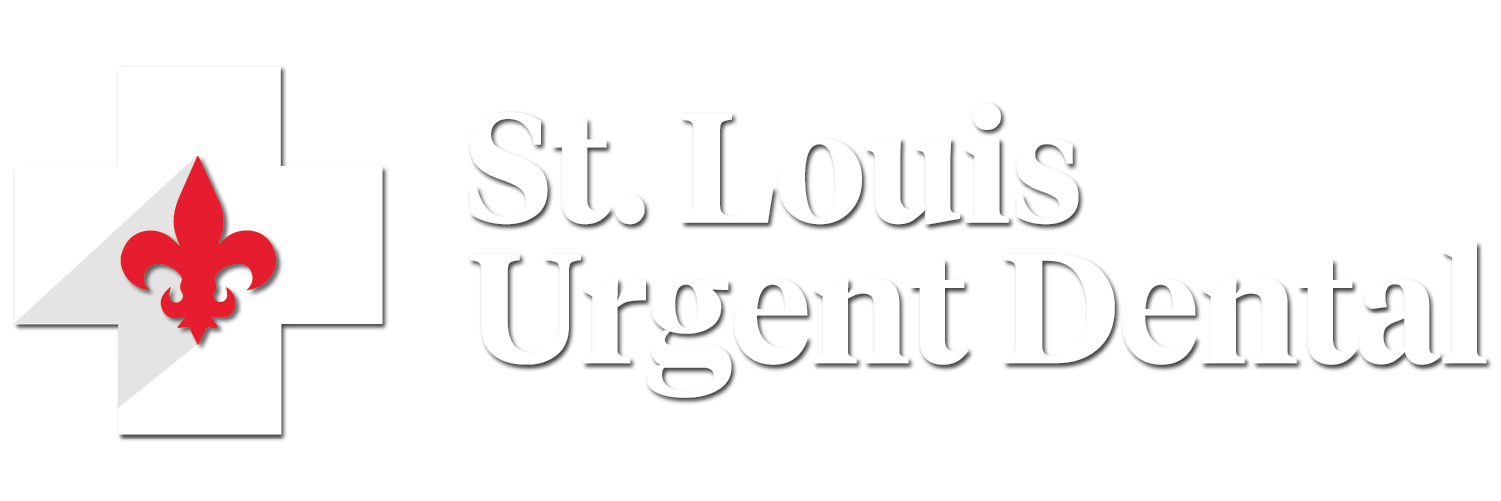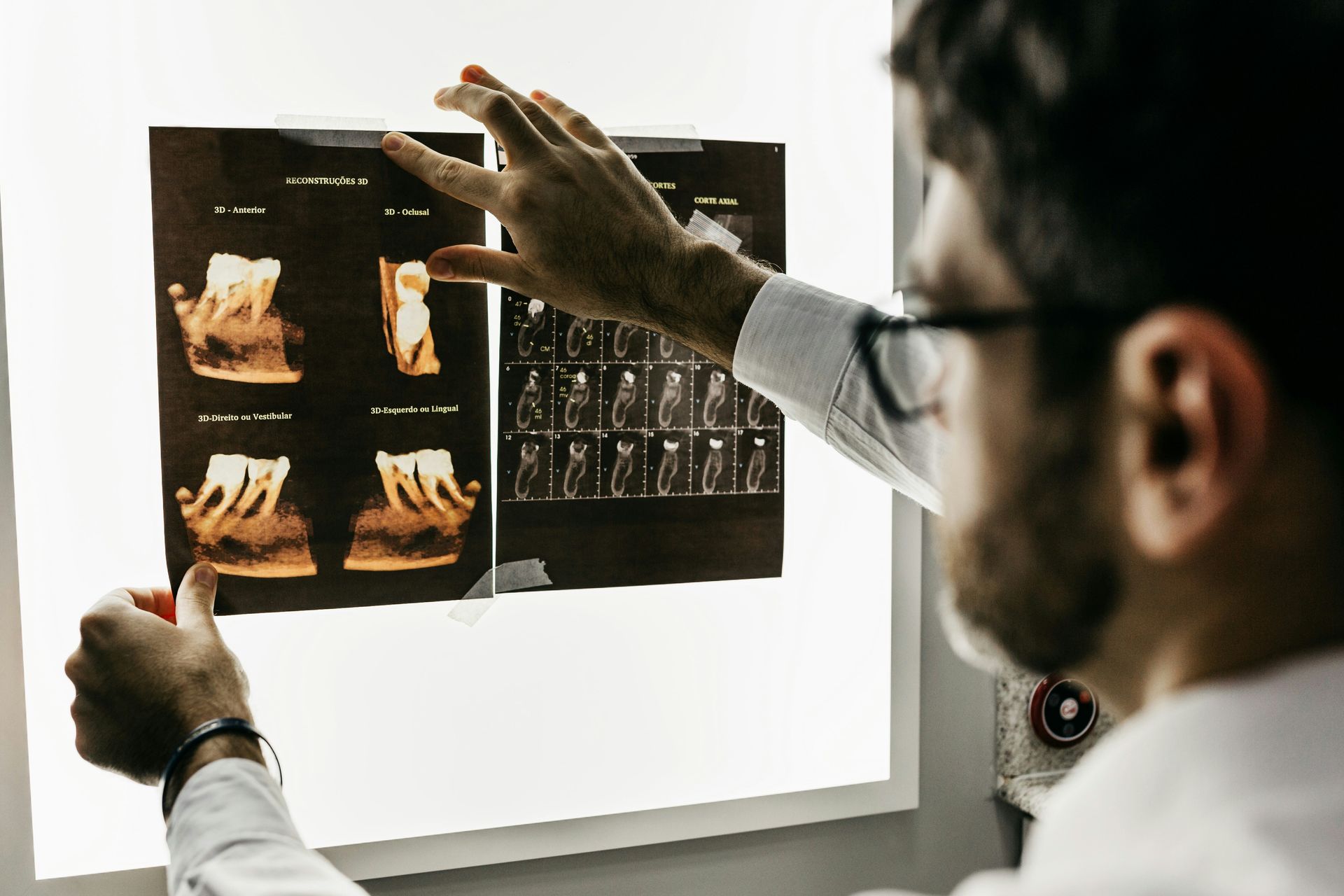The Hidden Risks of a “Small” Tooth Chip
It’s easy to shrug off a tiny chip in your tooth, especially if it doesn’t hurt right away. But at STL Urgent Dental, we see every day how “minor” chips can quickly turn into major dental emergencies.
What appears to be a harmless cosmetic issue can actually be the tip of the iceberg, concealing microcracks that cause biting pain and may even lead to pulpitis, a painful infection within the tooth.
Early intervention isn’t just about comfort; it’s about protecting your long-term oral health.
What Is a Tooth Chip, and Why Should You Care?
A chipped tooth occurs when a small piece of enamel breaks off, often from biting something hard, a sports injury, or even grinding your teeth at night.
While some chips are obvious, others are so subtle you might only notice a rough edge with your tongue.
The problem? Even a tiny chip can create microcracks in the enamel, making your tooth vulnerable to bacteria, sensitivity, and further breakage.
Microcracks: The Invisible Threat
Microcracks are tiny fractures in the enamel that aren’t always visible to the naked eye. These cracks can run deep, especially if the chip was caused by a strong force.
Over time, microcracks allow bacteria and food particles to seep into the tooth, increasing the risk of decay and infection. If left untreated, these cracks can spread, causing the tooth to weaken and eventually break apart.
Biting Pain: A Warning Sign You Shouldn’t Ignore
One of the first symptoms patients report after chipping a tooth is biting pain, especially when chewing or eating hot or cold foods.
This pain is often a sign that the chip has exposed the dentin (the sensitive layer beneath the enamel) or that microcracks are affecting the tooth’s nerve.
If you notice sharp pain when biting down, don’t wait for it to go away. Pain is your body’s way of telling you something’s wrong, and ignoring it can lead to bigger problems.
Why Does a Chip Cause Pain?
- Exposed Dentin: The enamel protects the sensitive dentin underneath. A chip can leave dentin exposed, leading to sensitivity and pain.
- Microcracks Reaching the Nerve: If cracks extend toward the pulp (the tooth’s nerve center), you may experience intermittent or constant pain.
- Bacterial Invasion:
Chips and cracks create entry points for bacteria, which can inflame the pulp and cause infection.

Pulpitis: When Infection Takes Hold
Pulpitis is the inflammation of the dental pulp, the soft tissue inside your tooth that contains nerves and blood vessels. It often begins with a chip or crack that allows bacteria to reach the pulp.
Early pulpitis may cause mild discomfort, but as the infection progresses, pain can become severe and throbbing.
If left untreated, pulpitis can lead to abscesses, tooth loss, and even systemic infection.
Early Intervention: The Key to Preventing Pulpitis
The good news? Early intervention can stop pulpitis before it starts.
At STL Urgent Dental, we recommend seeing a dentist as soon as you notice a chip, even if it seems minor.
Quick action allows a clinician to:
- Assess the Damage: Using digital X-rays and clinical exams, we can identify microcracks and determine the extent of the chip.
- Seal the Tooth: Small chips can often be repaired with bonding or a filling, sealing out bacteria and preventing further damage.
- Monitor for Infection: If there’s any sign of pulp involvement, we can prescribe antibiotics or perform a root canal to save the tooth.
How to Protect Yourself: Tips for Early Action
- Don’t Ignore Chips: Even if you’re not in pain, schedule a dental visit as soon as possible.
- Avoid Hard Foods: Until your tooth is repaired, steer clear of nuts, ice, and hard candies.
- Practice Good Oral Hygiene: Brush and floss carefully to keep bacteria at bay.
- Use a Mouthguard: If you grind your teeth or participate in sports, a custom mouthguard can help prevent future chips and cracks.

When to Seek Urgent Dental Care
If you experience any of the following after chipping a tooth, contact STL Urgent Dental right away:
- Sharp or throbbing pain
- Sensitivity to hot, cold, or sweet foods
- Swelling or pus around the tooth
- Difficulty chewing
- Visible cracks or changes in tooth color
Small Chips, Big Consequences
A “minor” chip is never just a cosmetic issue. Microcracks, biting pain, and the risk of pulpitis mean that early intervention is essential.
At STL Urgent Dental, we’re here to help you protect your smile—before a small problem becomes a big emergency.
Don’t wait. Schedule your visit today and maintain your teeth's health for years to come.









